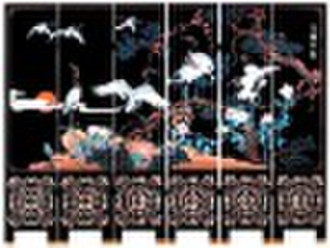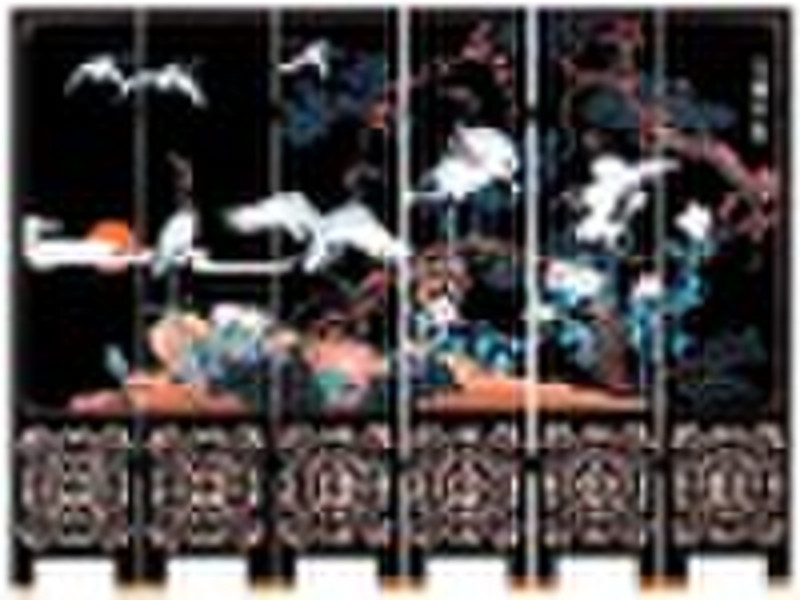Katalog
-
Katalog
- Auto & Motorrad
- Bauwesen und Immobilien
- Bekleidung
- Büro- und Schulartikel
- Chemikalien
- Dienstleistungen für Unternehmen
- Eisenwaren
- Elektrische Geräte & Zubehöre
- Elektronische Bauteile
- Energie
- Galanteriewaren
- Geschenke und Kunsthandwerke
- Gesundheit und Medizin
- Gummi und Kunststoffe
- Haus und Garten
- Haushaltsgeräte
- Koffer, Taschen & Hüllen
- Landwirtschaft
- Lebensmittel und Getränke
- Licht und Beleuchtung
- Maschinen, Geräte und Werkzeuge
- Maschinenteile und Herstellung Dienstleistungen
- Messapparat und Analysegerät
- Mineralien und Metallurgie
- Möbel
- Schuhe und Accessoires
- Schönheit und Körperpflege
- Service Geräte und -Ausstattung
- Sicherheit und Schutz
- Spielzeuge und Hobbys
- Sport und Unterhaltung
- Telekommunikations
- Textil und Lederware
- Transport
- Uhren, Schmuck, Brillen
- Umweltschutz
- Unterhaltungselektronik
- Verpacken und Drucken
- Werkzeuge
- Überschüssiger Warenbestand, Lager
Filters
Search
chinese Lack Möbel
original-Preis: 200,00 USD
Atürük, China
Produktionskapazität:
100 Stück / Monat

Kevin Chen
Kontaktperson
Basisdaten
Asian lacquer ware is well known to art collectors worldwide, and is the result of some of the finest craftsmanship techniques in the world. Lacquer ware is created by applying lacquer to wooden objects to give it a fine finish and luster. Although the craft was developed in both China and Japan, Japanese craftsmen are generally credited with taking Chinese lacquer techniques and maturing them to create the highly regarded art form that lacquer ware creation has become today. The History of Lacquer Ware Evidence indicates that the practice of lacquering objects began over 4000 years ago, where it was used to coat common objects like furniture, and personal items like earrings and combs. This type of lacquering was more functional in nature, as the lacquer added sturdiness and smoothness to the objects. It was an important technique however; important enough for lacquer tradesmen to form a guild called Urushi-he to help develop their techniques. At the same time, Chinese artisans were developing lacquering techniques along more artistic lines, they added color to their lacquer and were using lacquer to make items more aesthetically pleasing. These techniques were introduced to Japan in the 5th and 6th centuries, and Japanese craftsmen not only incorporated Chinese lacquering techniques into their works, but also improved and matured them into a true art form. One improvement the Japanese created was the technique of Makie (gold and silver lacquer finishes). Makie was a very high-caliber artistic form that surpassed any artistic techniques developed by the Chinese up to that point. Because most objects were still being made from wood and not ceramic (glaze had not been developed yet), Makie techniques became an extremely popular method of adding both beauty and sturdiness to common household objects such as tables and utensils. Items with Makie finishes were especially sought after by the upper class. Thus, lacquer ware objects quickly became much more than common household items. They evolved into highly sophisticated art pieces and status symbols. The Process of Creating Lacquer ware Lacquer comes from the sap of the tree species, Rhus Veniciflua, commonly known as the Varnish Tree. This tree can be found throughout China and Japan, but it originated in Central Asia. It is a member of the Anacardiaceae family, and shares relations with the cashew, mango and pistachio tree. Harvesting lacquer from the Varnish Tree is relatively simple: The technique varies depending on what region of Asia you are in, but generally, in Japan, five to ten horizontal cuts are made in the tree’s trunk parallel to one another. As the sap oozes out of these cuts, it is scraped and collected. After being treated to remove impurities, the lacquer sap is called crude lacquer. Crude lacquer is used as a primer on most lacquer ware. To increase the quality of the crude lacquer, it is heated between 35 and 45 degrees Celsius. It is then known as Kurome lacquer. Another type of lacquer can be created when crude lacquer is heated at 60 degrees Celsius, this is called Hosezu lacquer and will not dry and harden. Hosezu lacquer is mixed into Kurome lacquer to help speed up or slow down the drying process. The speed of the drying process can vary, depending on lacquer quality, heat and humidity. Color can then be added to the lacquer by mixing oil or color pigments, and then it can be used as a top layer, giving the object a sturdy and glossy shine. If color is not added, the natural state of lacquer gives the object a transparent, rich brown hue.
Lieferbedingungen und Verpackung
Hafen: Ningbo
Zahlungsbedingungen
Telegraphic transfer
Western Union
-
Zahlungsarten
Wir akzeptieren:















